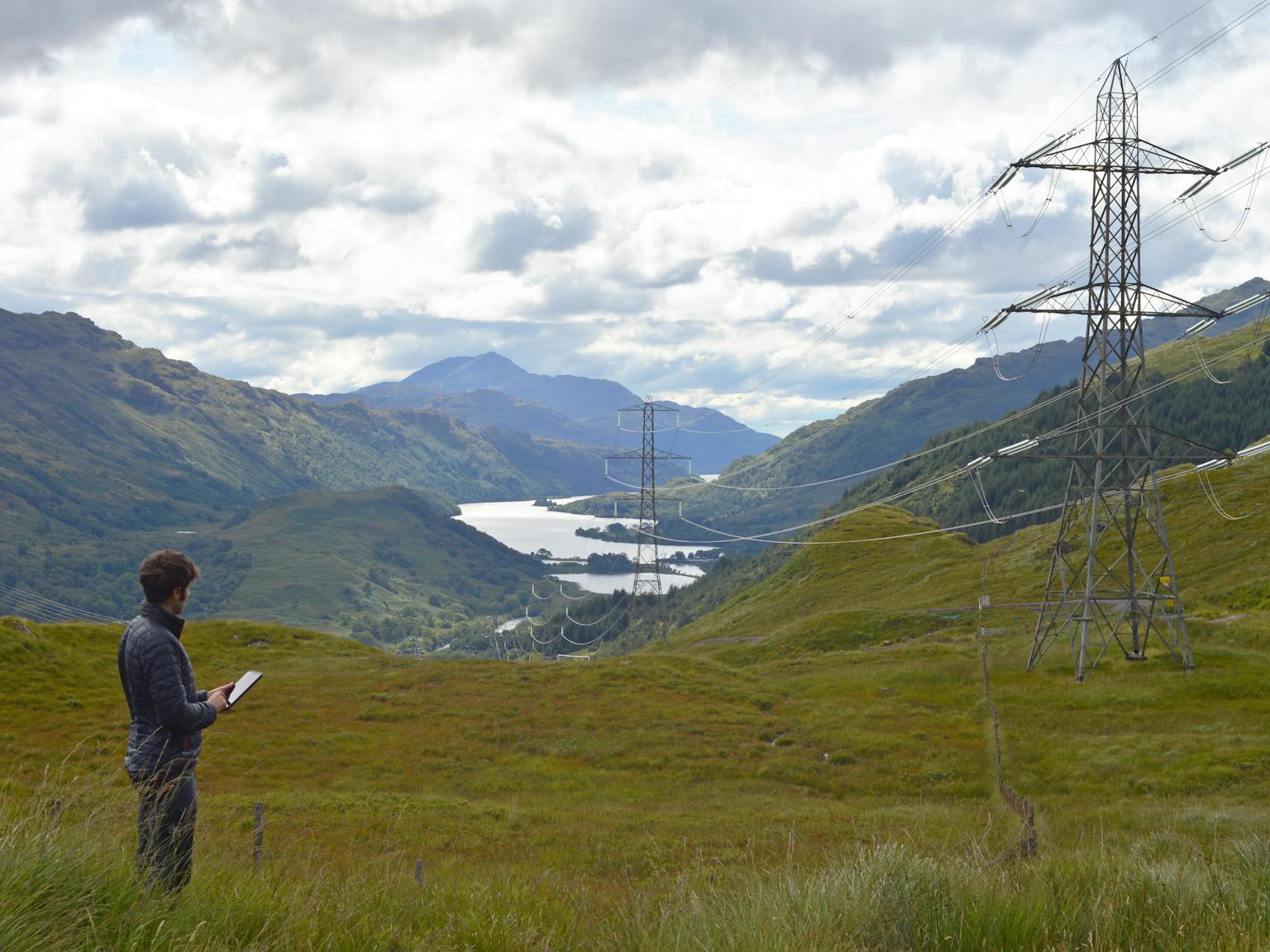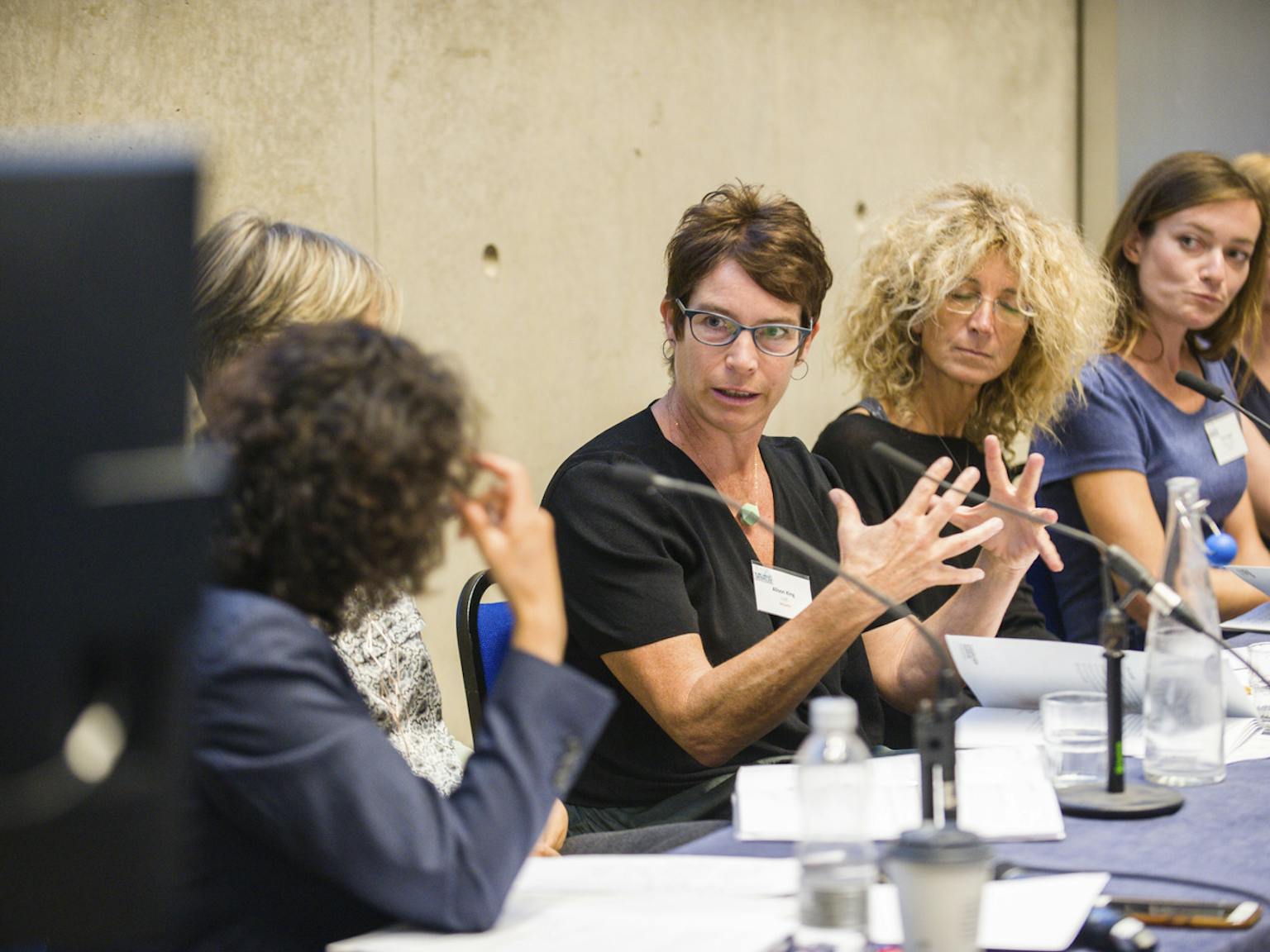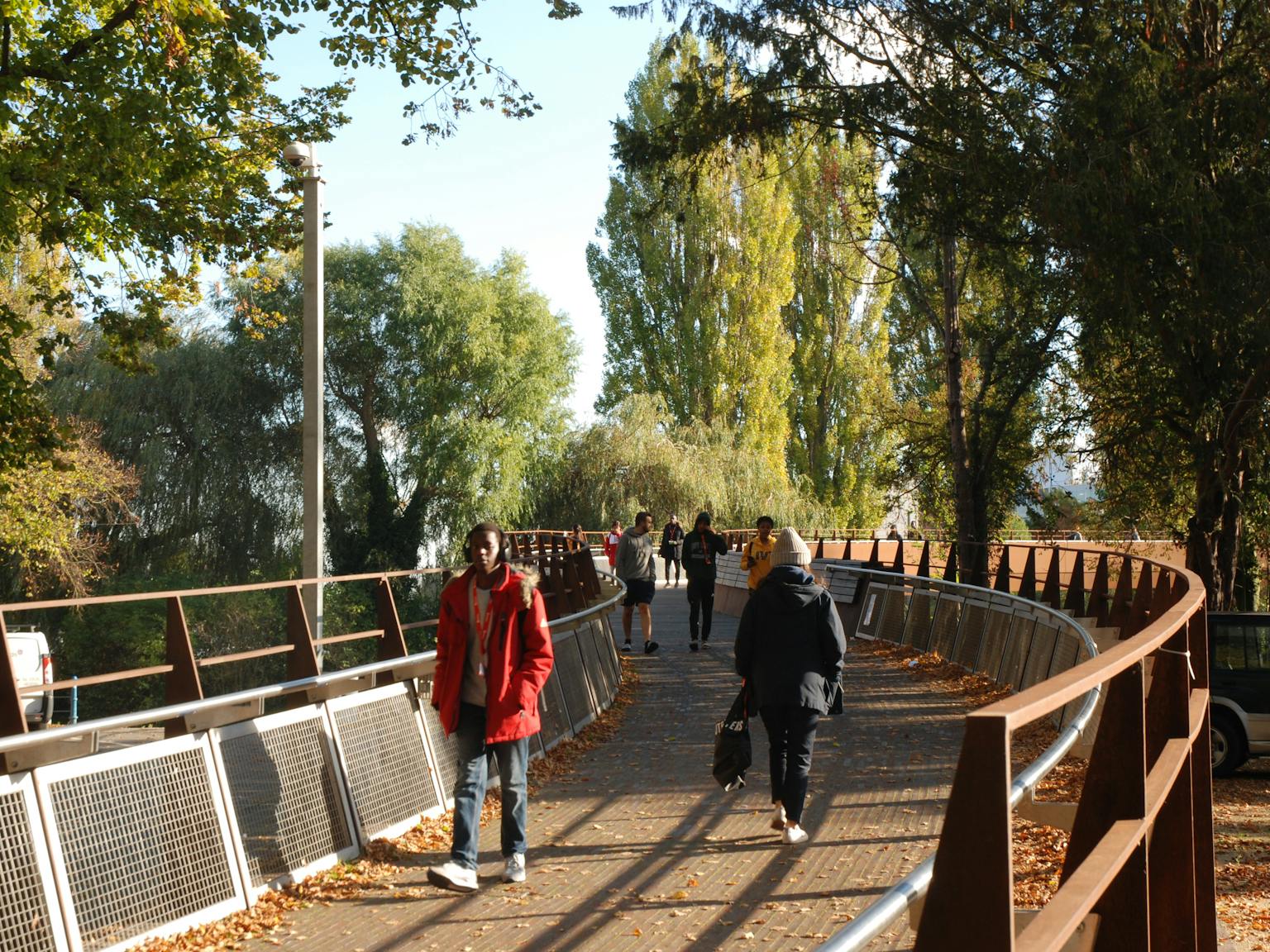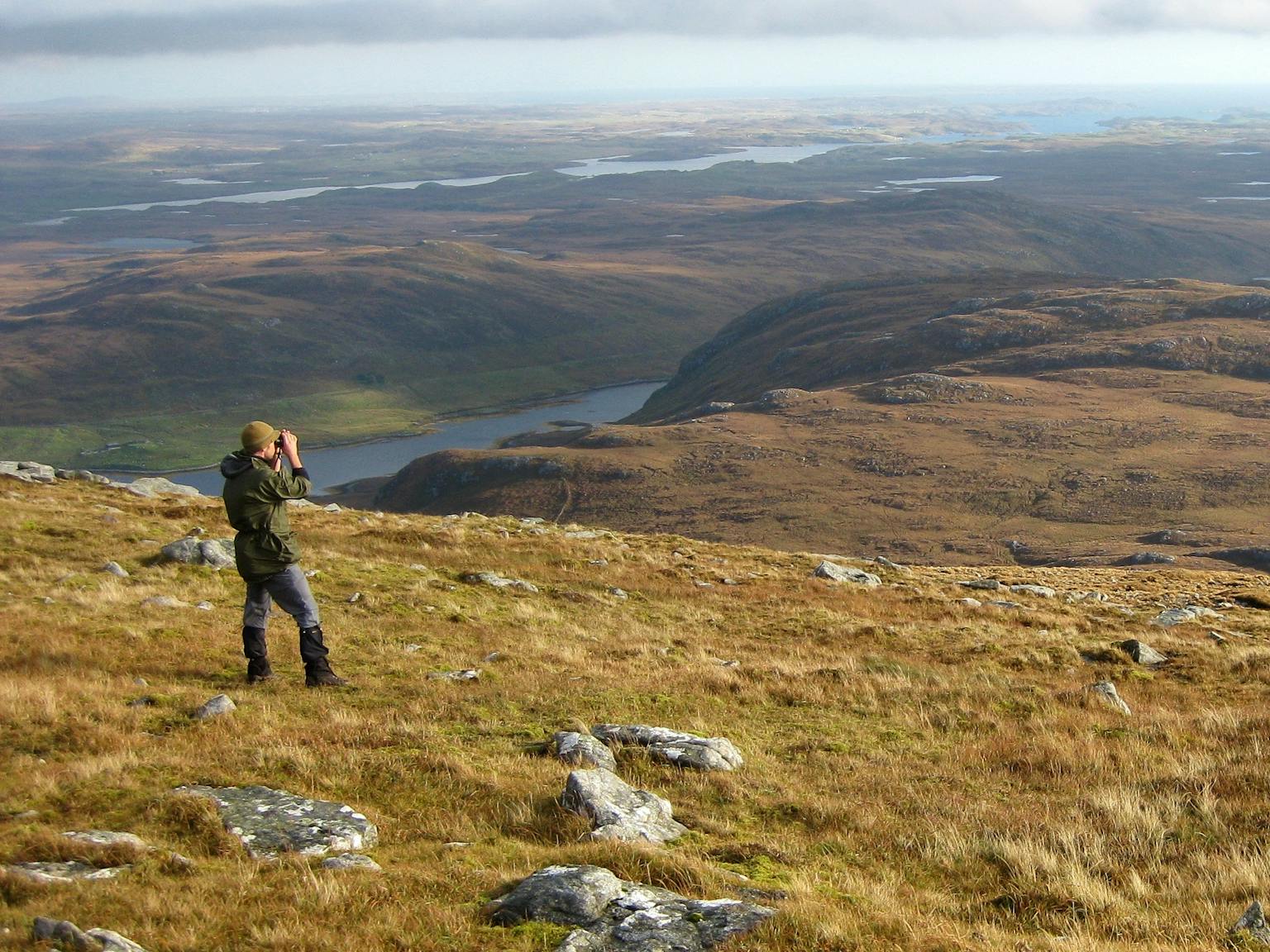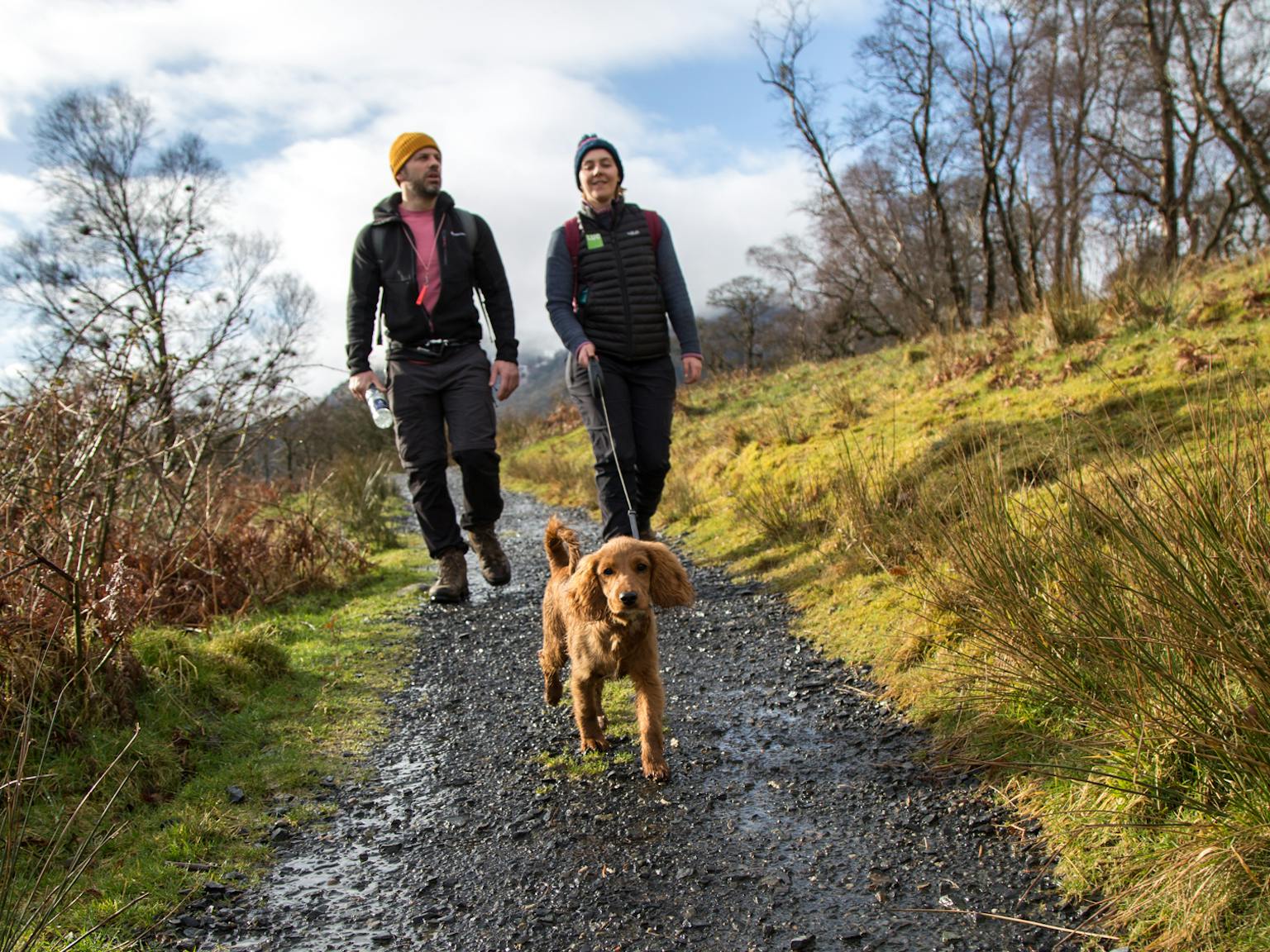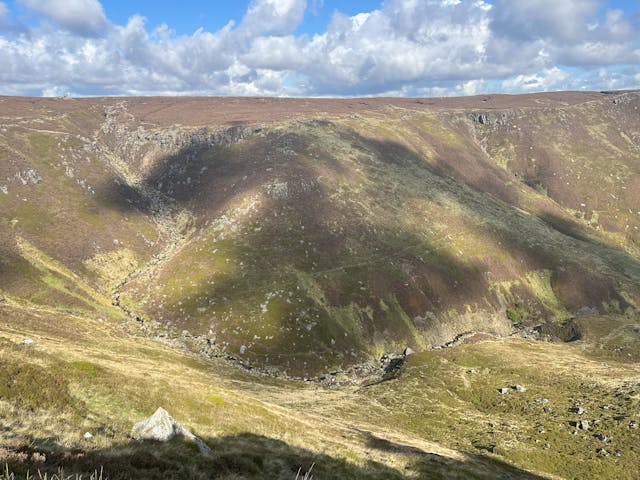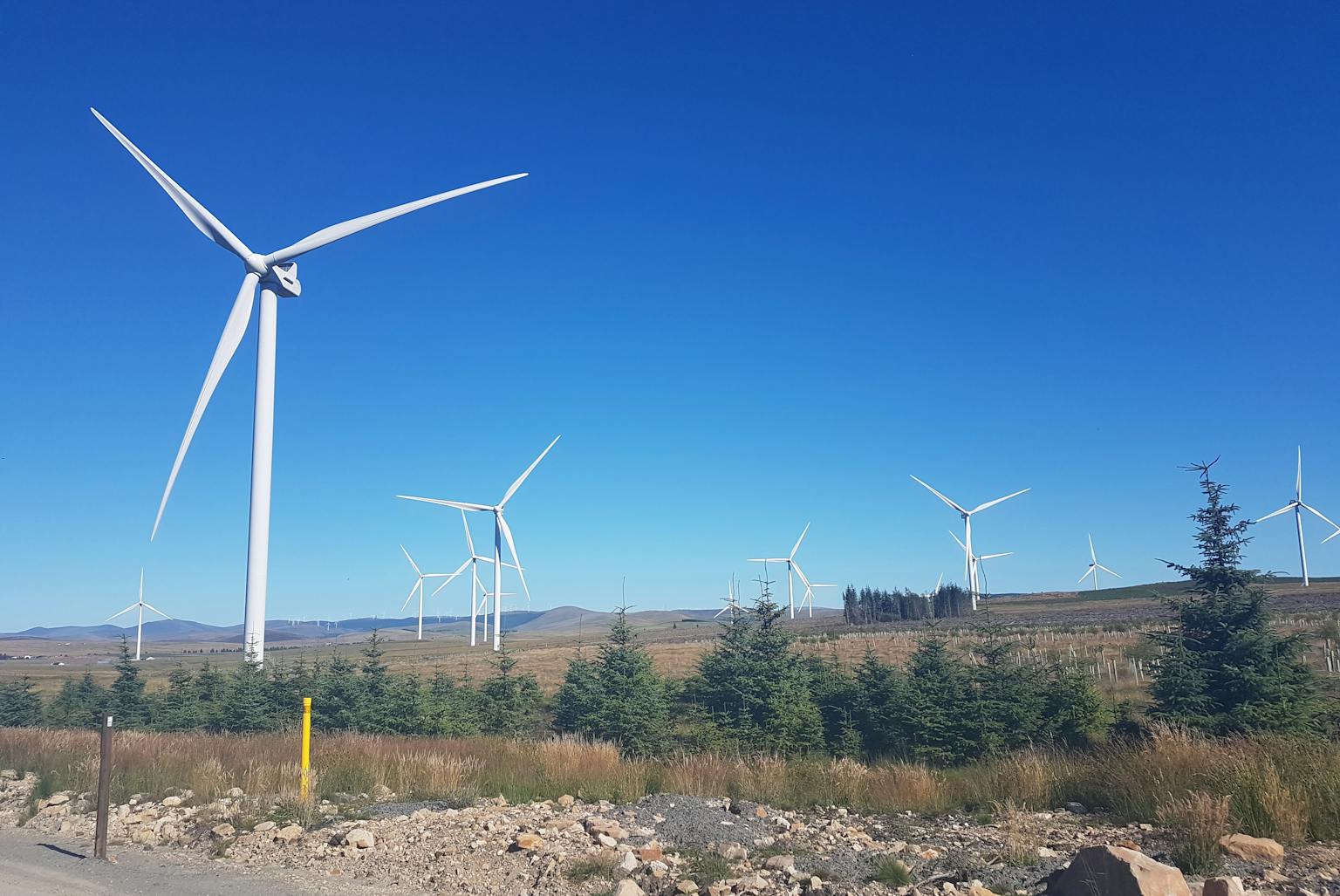
Considering the visual effects of wind farm lighting
As wind farm developers deal with changes in subsidies, market availability and the desire to maximise energy generation within a given location, consideration of larger wind turbines has become commonplace, with tip heights often exceeding 150m.
The UK Air Navigation Order (ANO) 2016, Article 222, sets out the statutory requirement for lighting on en-route obstacles, which applies to structures 150m or more above ground level. This article has been translated into the Civil Aviation Authority’s (CAA) Policy Statement on the lighting of onshore wind turbines (2017). For turbines of 150m height to tip or more, medium intensity (2000 candela) steady red warning lights should be mounted as close as possible to the top of all structures, which in practice is on the turbine hubs. Additionally, at least three low-intensity (32 candela) lights should be provided at an intermediate level of half the nacelle height.
The need for lighting a wind farm is typically decided during the consultation stage of a planning application, based on views from the CAA, Ministry of Defence (MOD) and local aerodromes. Whilst turbines below 150m are not routinely lit, LUC has been involved in a number of applications where the MOD request lower intensity safety lighting, on wind turbines below 150m high.
Wind farm lighting and light pollution
Light pollution is a recognised problem in the UK, with wind turbine lighting being seen to contribute to adverse effects on peoples’ views, including their enjoyment of night skies. Adverse effects on wildlife have also been suggested. The need to accurately model and carefully consider the effects of lighting proposals in the UK’s darker, more sensitive and wilder landscapes, is increasingly important.
LUC has extensive experience in assessing the visual effects of lighting for both onshore and offshore wind farms. We have been involved in a number of onshore applications, providing dawn and dusk photography services; aviation lighting visualisations; hub and tower lighting and lighting intensity Zone of Theoretical (ZTV) mapping, to support night time assessments. We continue to build our relationship with consultees and aviation consultants, to agree proportionate assessments and explore, through the lighting design process, mitigation measures such as reduced lighting of select turbines.
Assessing the effects of wind farm lighting
LUC has also been involved in the seascape, landscape and visual impact assessment (SLVIA) for offshore wind farms for a number of years. The 450MW Neart na Gaoithe project initially received planning consent in 2014. As part of the application for a revised scheme, LUC undertook night-time photography and prepared accurate montages to illustrate the effects of lighting. We also explored the use of video animation to examine the effect of flashing offshore lights as viewed from the coast. The effects of lighting on undeveloped stretches of coastal landscape, a concern for stakeholders, was given due consideration in the Environmental Impact Assessment (EIA).
When carrying out this work, all of our photography is undertaken by in-house experts in accordance with SNH’s Visual Representation of Wind Farms Guidance, Version 2.2 and with appropriate health and safety measures in place. We model aviation and navigation lighting using Autodesk®3dsMax software, matching the specifications provided in terms of luminous intensity (candela units), colour and position. We also set the sunlight and daylight system within the software to accurately simulate the natural light still present at the date, time and geographical location of the photography, to create the most accurate possible visualisations.
With continued demand for the use of taller wind turbines, as well as the planned replacement of older wind farms with larger machines, it is clear that assessment of the visual effects of lighting is now of key importance. Our team continually keeps abreast of changes which enable mitigation of these visual effects.
To discuss this issue, please get in touch with Dan Walker.


